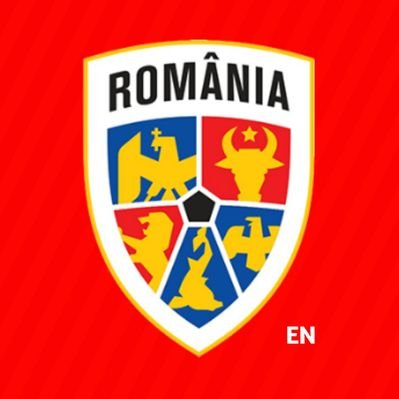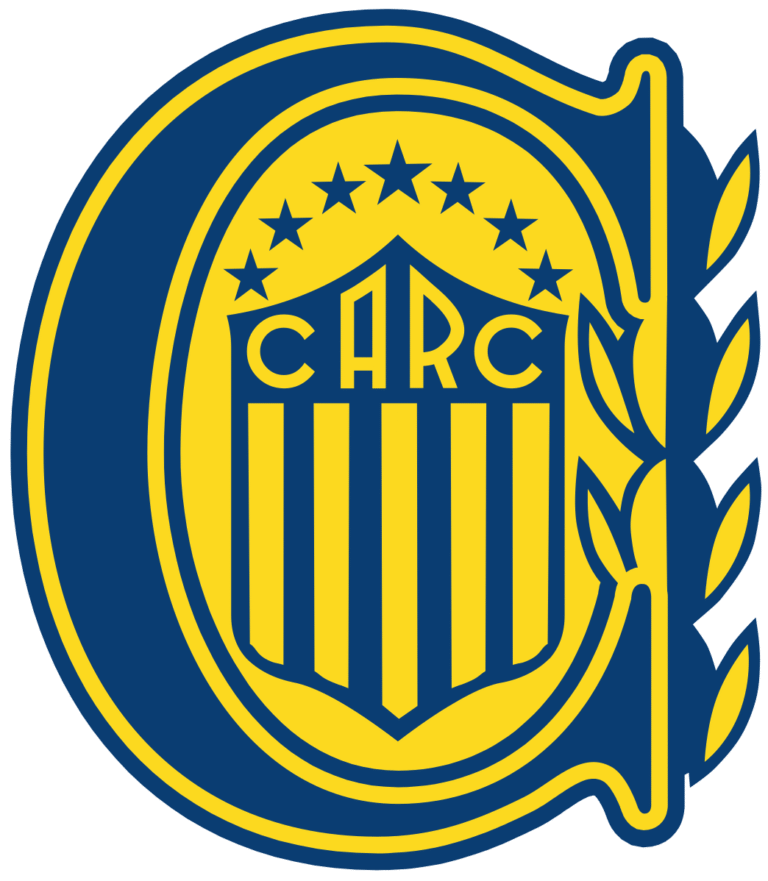
Romania FC
Romania FC’s influence extends far beyond the pitch. It serves as a focal point for community identity, social change, and cultural expression. Understanding its relationship with fans and wider society adds depth to its sporting achievements.
Over time, the club’s fan base has evolved, reflecting broader trends in Romanian culture, politics, and economy. These changes reveal the profound ways in which football intersects with daily life.
The Formation of Supporter Culture Romania FC
Supporters are the lifeblood of any club—and Romania FC is no exception tiemcomminhduc.com.
From the beginning, fans rallied around the team as a symbol of local pride and aspiration. Early supporters organized informal gatherings, chants, and rituals that gradually coalesced into a vibrant supporter culture. Over generations, these traditions became deeply embedded, passed down within families and neighborhoods.
Romania FC’s matches became social events, venues for expressing identity and solidarity. Win or lose, attendance symbolized loyalty to something larger than oneself. This emotional investment contributed significantly to the club’s resilience during tough times.
Reflecting on this, one appreciates how fandom is about community as much as competition. It transforms sport into a shared experience rich with emotion, creativity, and meaning.
Political Context and Football as Resistance
Romania’s turbulent political history inevitably influenced its football culture.
During communist rule, sports—including Romania FC—were politicized instruments intended to showcase socialist success. Fans navigated complex dynamics, sometimes toeing official lines, other times using football as a subtle form of dissent or escape. Chants and banners occasionally carried coded messages of resistance or unity beyond the regime’s control.
In the post-communist era, football continued to mirror societal shifts, serving as a canvas for new forms of expression. Romania FC’s fan base diversified, incorporating various social strata and regional identities. The stadium remained a rare public space where collective feelings—hope, frustration, joy—could be openly aired.
Studying this interplay reveals football’s multifaceted role: as propaganda tool, site of resistance, and barometer of societal mood. Romania FC exemplifies this complexity, embodying both conformity and rebellion at different times.
Modern Fan Movements and Global Reach
Today, Romania FC’s supporters blend tradition with modernity, creating a unique fan culture.
Social media and global broadcasting have expanded the club’s reach, connecting diaspora communities and attracting international followers. At the same time, ultras groups maintain passionate, often politically charged presences in stadiums, preserving grassroots energy.
Merchandising, digital content, and fan-led initiatives have turned Romania FC into a lifestyle brand as much as a football club. Yet its core identity remains anchored in local pride and cultural authenticity, balancing commercial imperatives with heritage preservation.
From a broader perspective, this evolution illustrates how football adapts to globalization without losing its roots. Romania FC skillfully navigates this balance, strengthening both its cultural significance and market position.

